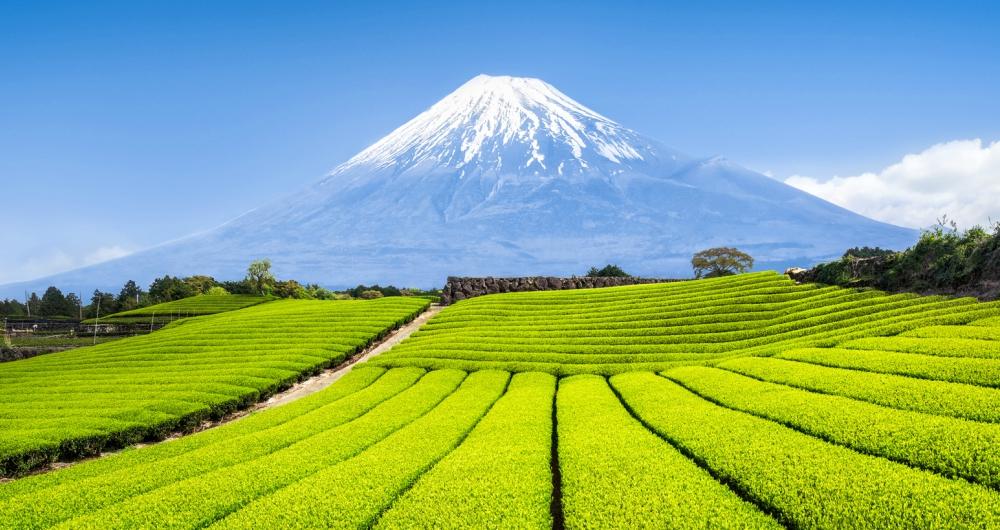In This Article
Planning your dream trip to Japan? These unforgettable places to visit in Japan blend ancient temples, neon cityscapes, and natural wonders for a trip packed with culture and adventure.
If you are in a hurry, I recommend:
- Tokyo – Buzzing capital with futuristic tech, historic temples, and endless shopping and dining
- Kyoto – Cultural heart of Japan with stunning shrines, geisha districts, and seasonal gardens
- Mount Fuji – Iconic volcano offering scenic hikes, lakeside views, and postcard-perfect photos
- Osaka – Foodie paradise known for street eats, Osaka Castle, and vibrant nightlife
- Nara – Peaceful city famous for its giant Buddha, ancient temples, and friendly free-roaming deer
Destinations for Couples
1. For Culture Lovers: Tokyo
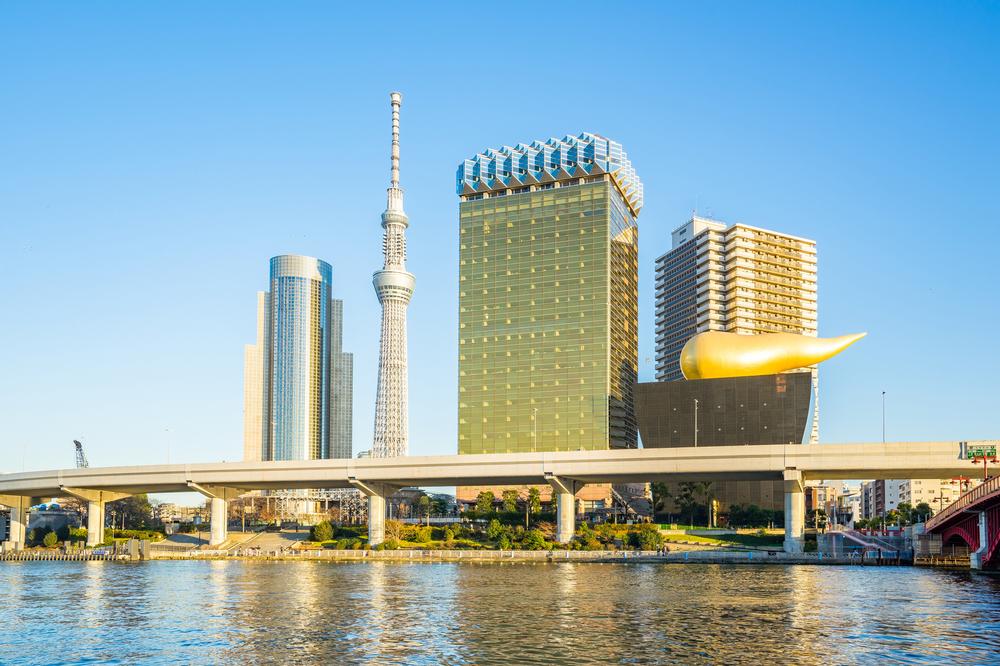
© Courtesy of orpheus26 - Fotolia.com
Japan’s bustling capital city Tokyo is one of the world’s most unique places to visit, offering a range of activities and attractions that are second to none. If you are a first time visitor, it can all be rather daunting trying to decide what to see and what to leave out. There is an amazing variety of tours available to suit all interests, from city highlights to hopping on the famous bullet train for a day-trip to Mount Fuji. Within the city you will find a mix of ultramodern and ancient architecture virtually side by side, and there are museums to please everyone from classical art at the Tokyo National Museum to a replica of a kabuki theater in the Edo-Tokyo Museum. Highlights of your visit could include watching a sumo wrestling tournament or visiting the impressive Imperial Palace.
2. For Culture Enthusiasts: Kyoto
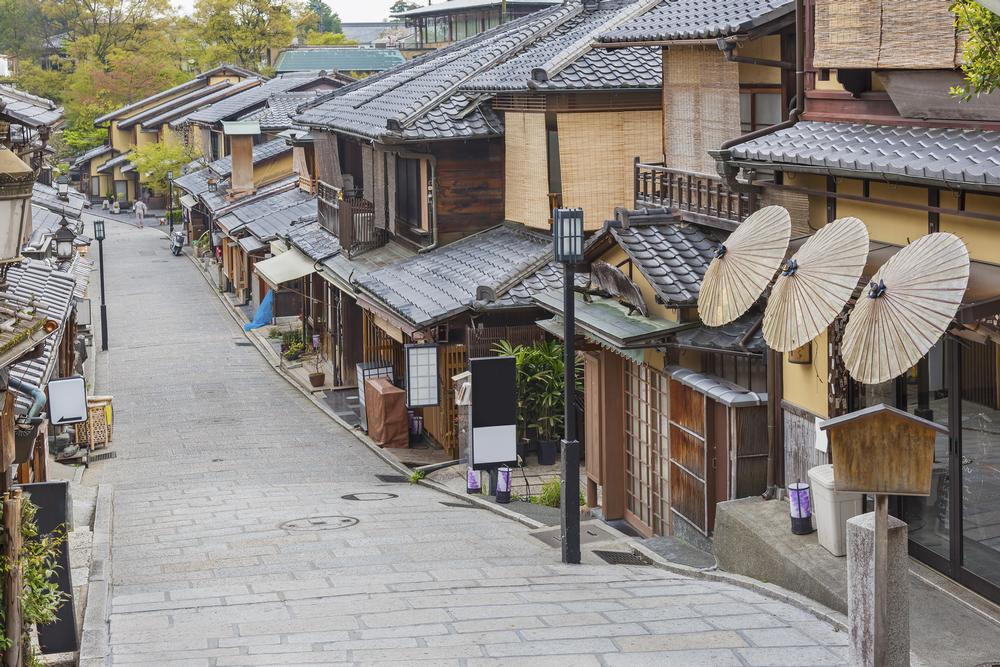
© Courtesy of leeyiutung - Fotolia.com
Located on Honshu Island, Kyoto
was once the capital of Japan and is still an exciting city to visit to experience many aspects of Japanese history and culture. Kyoto is known for its many Buddhist temples, Shinto shrines and imperial palaces, many of which you can see on a one-day tour of the city. If you prefer to immerse yourself in Japanese culture, Kyoto is the perfect city, offering a wide range of experiences for visitors, including tea ceremonies, Zen meditation classes, learning Japanese calligraphy and origami, or learning how to wear a kimono or yukata. You can visit some good museums, attend the theater, or enjoy fine dining. Outdoor activities include cycle tours, garden visits, and much more.
3. For Quirky Travelers: Beppu
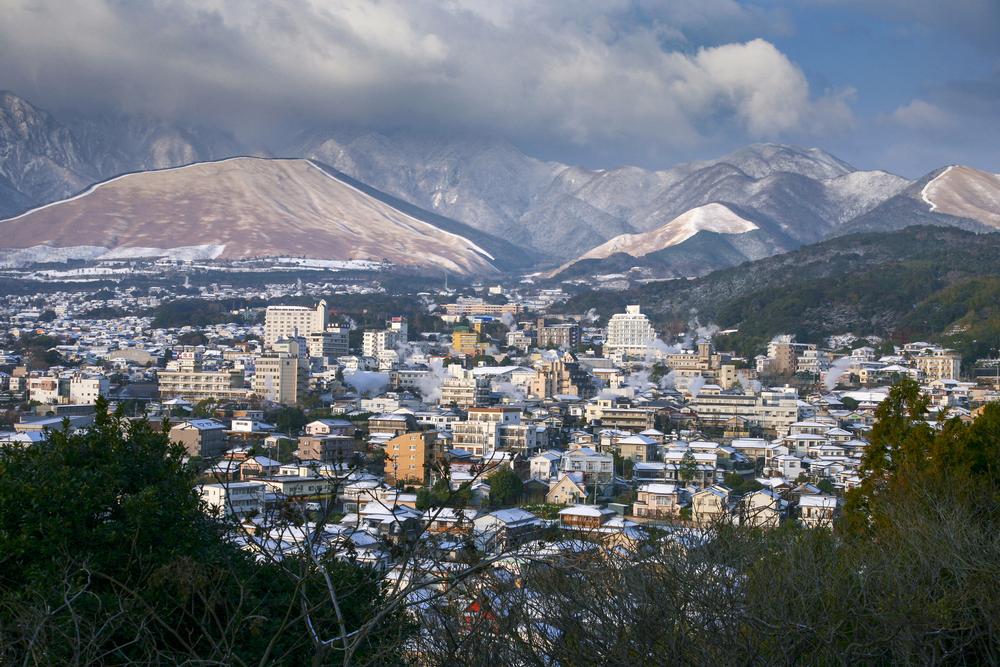
© Courtesy of naoko - Fotolia.com
Set against the backdrop of a string of volcanoes in the central part of Oita, Beppu holds the distinction of having the greatest concentration of “gushers”, or thermal hot springs, anywhere in Japan. The popular Hell Tour will show you some of the eight amazing hot springs, each of which has a different mineral composition, leading to a variety of colors. At Umi Jigoku you can see a superb pool of boiling cobalt blue water, while Chinoike Jigoku (Blood Hell) features a cauldron of bright red water. These hot springs are definitely not for bathing, but you can relax at one of several spa resorts that are fed by the Beppu springs. Other activities in Beppu include visiting the traditional bamboo craft centers and an historic samurai residence.
4. For Urban Explorers: Fukuoka
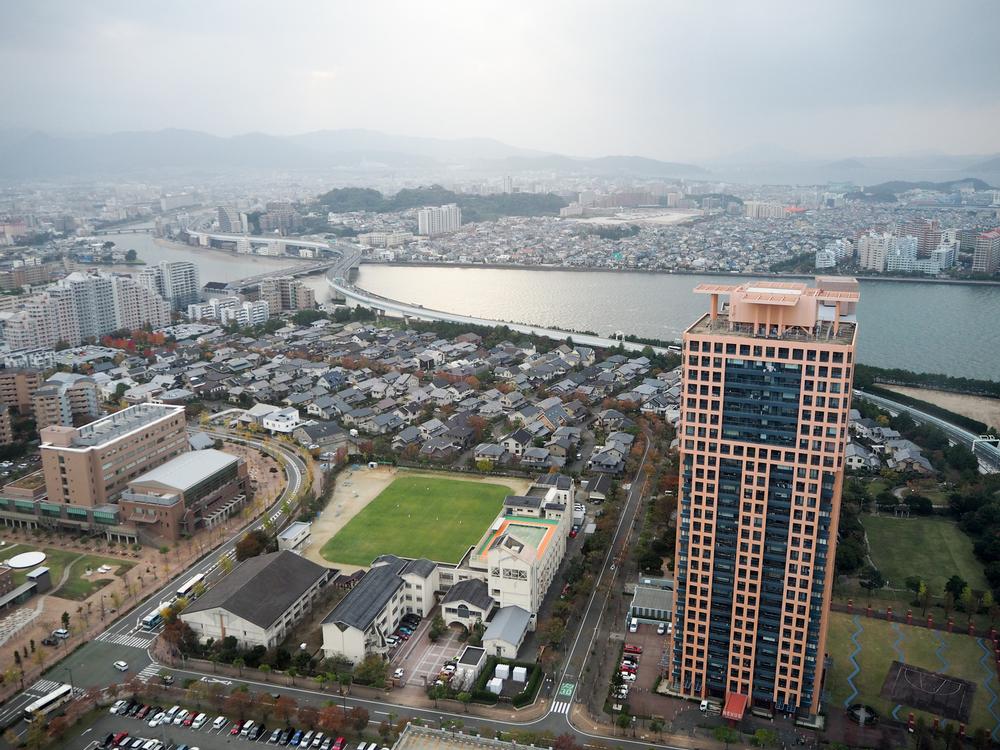
© Courtesy of pong111 - Fotolia.com
Located on the northern shore of Japan’s Kyushu island, the modern city of Fukuoka is a great place to start your exploration of Japan. The city boasts excellent transport facilities and there are many urban green spaces to escape to when the hustle and bustle of city life becomes too hectic. There are many tourist attractions to add to your list, starting with Fukuoka Tower and Observation Platform (for an overview of the city), Fukuoka Castle and Kushida Shrine for the history lovers, and Canal City Hakata for the shoppers. Foodies will love the amazing food culture in the city, which is rumored to have the best yatai (food stalls) and fish market in Japan – several guided food tours are available.
5. For Art Enthusiasts: Hakone
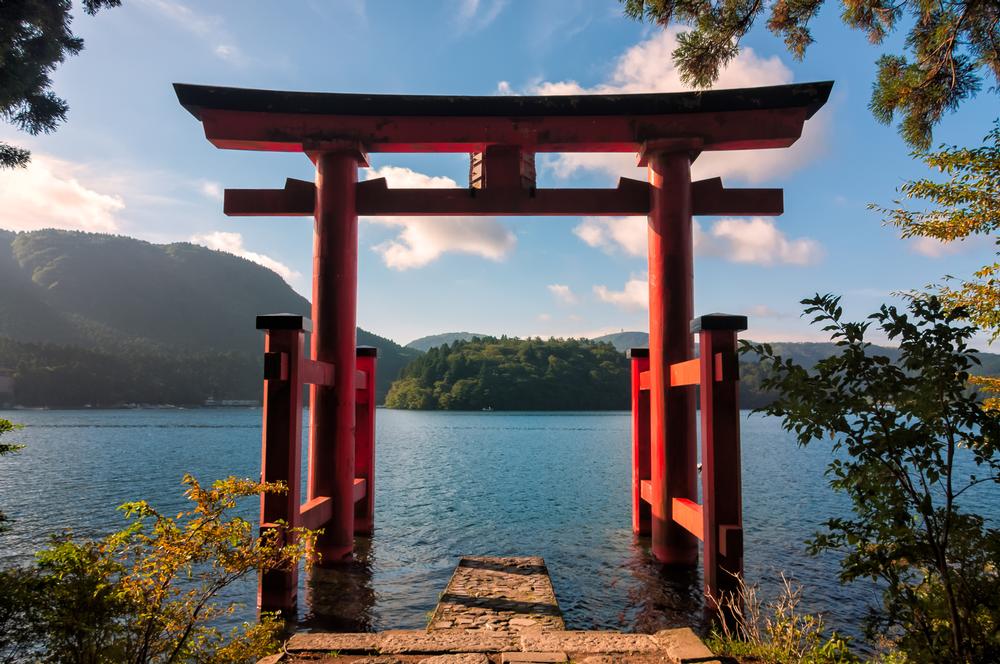
© Courtesy of jdavenport85 - Fotolia.com
Nestled in the heart of Fuji-Hakone-Izu National Park, the mountainous town of
Hakone
is famous for its hot spring resorts and brilliant views of Mount Fuji. Besides enjoying the restorative properties of the hot water springs, you can visit several interesting attractions in the area, including the Hakusan Shinto Shrine, the Hakone Botanical Gardens and Wetlands, the Hakone Aquarium, and the Hakone Venetian Glass Museum – plan to stay overnight to get the most out of your visit. Within the national park you can go walking and hiking along several trails, take a boat trip on Lake Ashi, and take the cable car to the summit of Mount Komagatake for remarkable views of Mount Fuji.
Destinations for Families
6. For Skiers: Hakuba
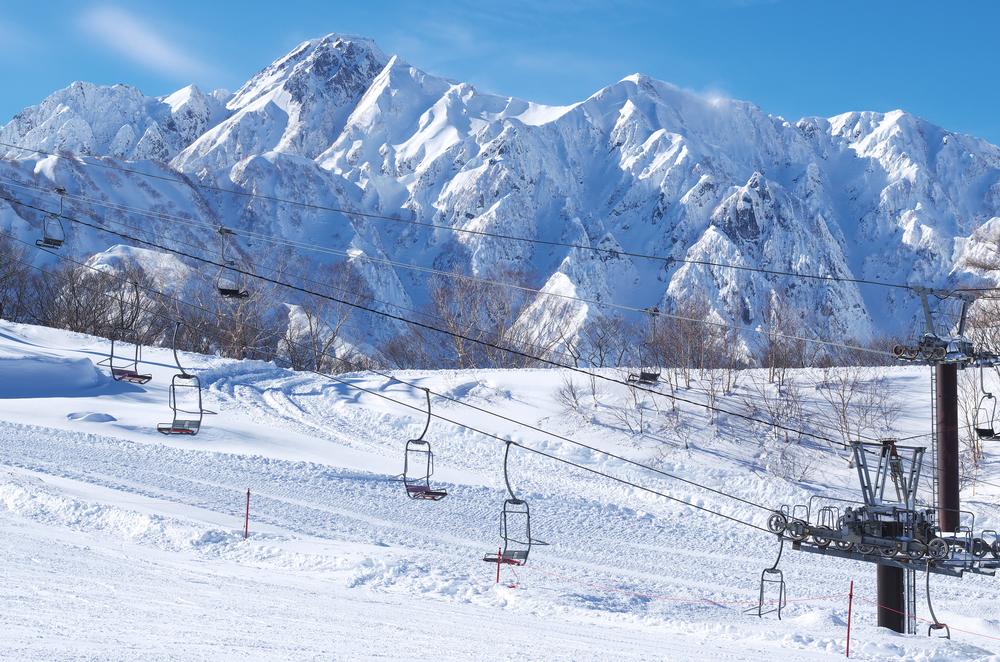
© Courtesy of skpw - Fotolia.com
Located in the northern Japanese Alps, Hakuba is a paradise for all winter sport fanatics who come to enjoy nine ski resorts, 135 ski lifts, and over 200 ski runs. You can ski and snow-board to your hearts’ content as well as trying snowmobiling, Nordic skiing, heli-skiing, and snowshoeing. After a busy day in the snow you can soak your aching muscles in mineral-rich natural hot spring waters. When you need a break from the slopes you can sample traditional Japanese culture by learning origami and soba-noodle making or donning a kimono and attending a traditional Japanese tea ceremony. Don’t miss the chance to visit the Jigokudani Monkey Park to see the amazing snow monkeys relaxing in the natural hot springs.
7. For Cultural Travelers: Hida Takayama
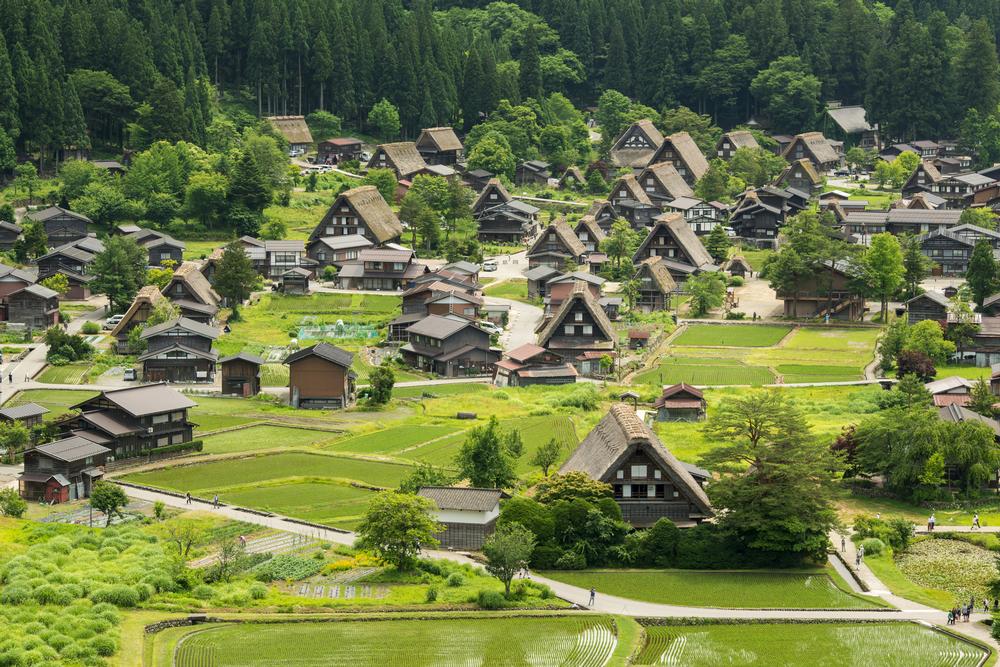
© Courtesy of Basico - Fotolia.com
History and culture enthusiasts will thoroughly enjoy the city of Takayama, located in the Hida region of Japan’s mountainous Gifu Prefecture. The city has a well-preserved historic district called Sanmachi, where you can stroll along a long road of wooden merchant’s houses and sake breweries that date back to the Edo Period (1603–1868). In addition, you can see historic farmhouses in the Gokayama Historic Village and unusual gassho-style buildings in Shirakawa Village. There are several good museums, including the Kusakabi Folk Museum and the Hida Archaeology Museum. For a break from art and history you can go hiking along scenic mountain trails, visit waterfalls, temples, gardens, and hot springs.
8. For Peace Seekers: Hiroshima
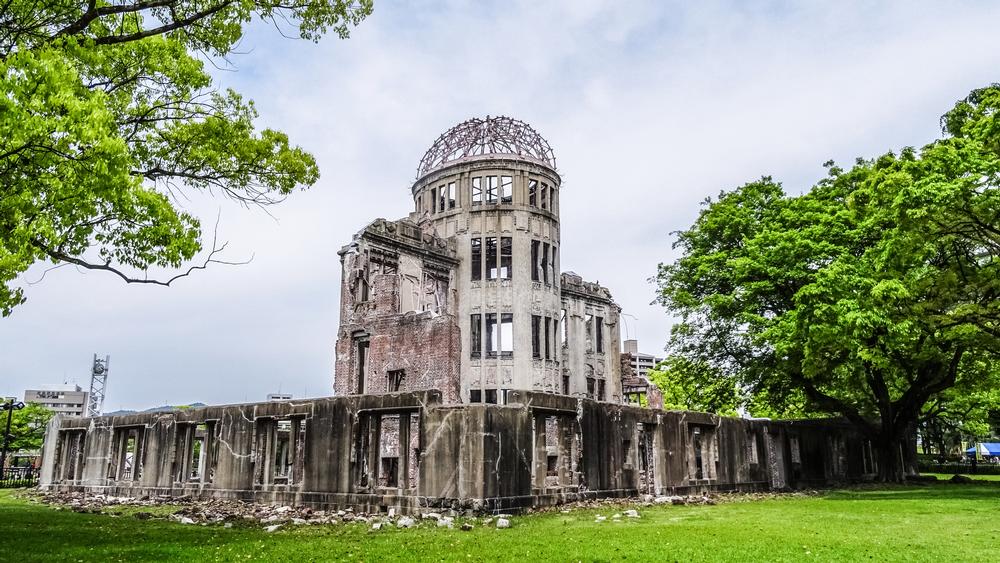
© Courtesy of Fotolia.com
Although most visitors to the city of Hiroshima go there to see the UNESCO World Heritage Site A-bomb Dome and its surrounding Peace Memorial Park, the city and its surrounding countryside have a great deal more to offer. A tour of Peace Memorial Park and the site where the atomic bomb was dropped is essential viewing for everyone to gain an understanding of the horrendous implications of war and the need for world peace. Once you have visited this poignant site, you can move on to see the city’s second World Heritage Site at the very beautiful Itsukushima Shrine, which guards the mythical home of the gods. You can also escape the city to go hiking, cycling, or walking along beautiful trails or visit one of the hot springs for a spa treatment.
9. For Divers: Ishigaki
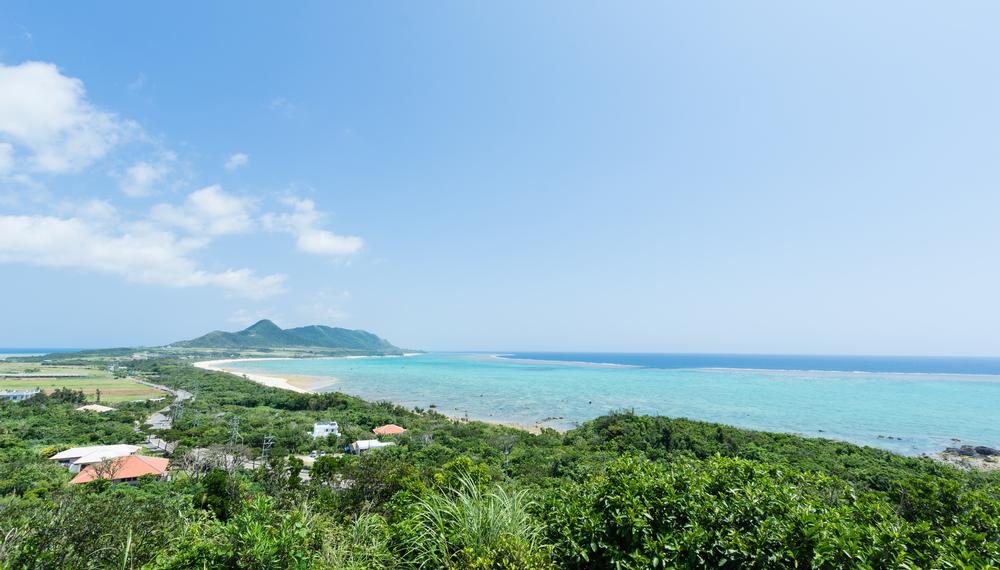
© Courtesy of samspicerphoto - Fotolia.com
Beach lovers are somewhat spoilt for choice in the beautiful Yaeyama Islands, which surrounds Ishigaki Island in Japan’s Okinawa Prefecture. Both Ishigaki and its neighboring islands are surrounded by beautiful stretches of beach, some of which are net-protected for safe swimming, and many offer easily accessible coral reefs for snorkeling. Favorite activities in Ishigaki include island-hopping, glass-bottomed boat excursions in Kabira Bay, swimming, snorkeling, kayaking, cycling, and sightseeing. If you have a car or bicycle, you can easily tour the island in a few hours to see lighthouses and bays and find your favorite piece of heaven. There are plenty of restaurants and the island boasts a lively nightlife.
10. For Day-Trippers: Kamakura
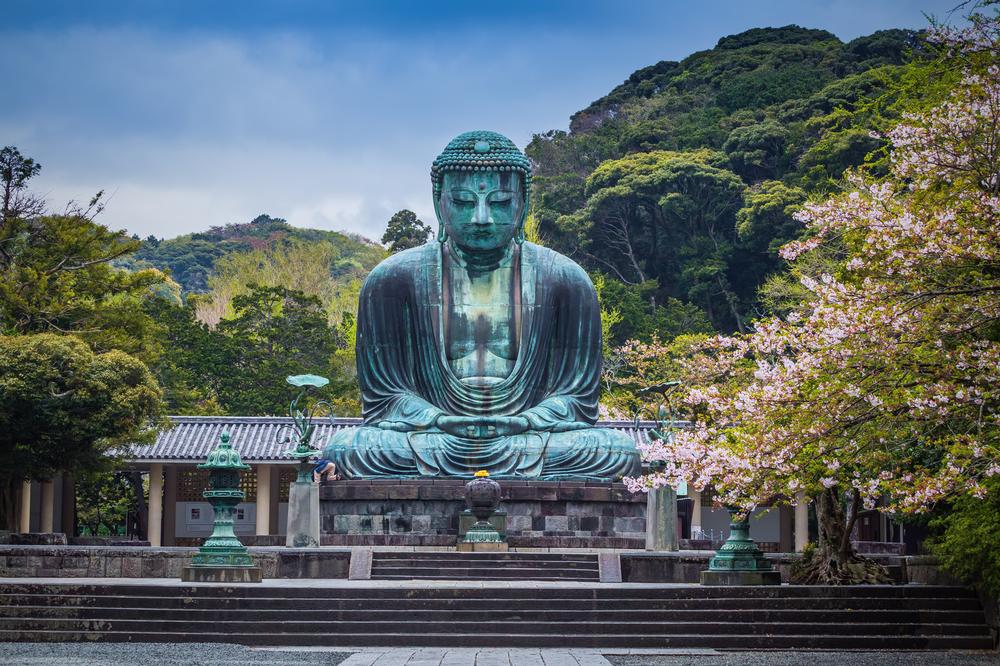
© Courtesy of SANCHAI - Fotolia.com
Kamakura dates back to before the 12th century and is one of the ancient cities of the samurai warriors, located on the coast just south of Tokyo. Visitors will find a very interesting city with a good balance of historic, cultural, and outdoor activities. There are dozens of Shinto shrines and Buddhist Zen temples, including the Kotoku-in Temple, where you can see the 13m-high Great Buddha, cast in bronze, which has survived various earthquakes and tsunamis. Art lovers can visit the Museum of Modern Art, while those who prefer history can tour Kamakura Museum. You can discover all the gems of the city by going on a few self-guided walking tours, details of which can be found by following the link below.
📔 I get asked this a lot so I decided to include it:
-
Why is Japan considered a unique and fascinating country?
- Japan is one of the most unique and fascinating countries in the world, offering a blend of modern innovation and rich cultural heritage.
-
What is Japan's geography like?
- Located on a collection of volcanic, mountainous islands, Japan offers stunning landscapes where you are never far from the coast or an outstandingly beautiful natural location.
-
What are the top must-see sights in Japan?
- The list of must-see sights is extensive, but at the top is the iconic Mount Fuji and its surrounding five lakes.
-
How can visitors reach Mount Fuji?
- Mount Fuji and its lakes can be reached on a day-trip from Tokyo via the famous bullet train.
-
What is a popular way to relax after sightseeing in Japan?
- After a busy day of sightseeing, visitors can unwind in one of Japan's many soothing hot spring spas.
🌤 Best Time to Visit Japan
- March to May – Cherry blossom season with mild weather and scenic spring landscapes.
- October to November – Crisp autumn air, colorful foliage, and fewer tourists in most regions.
- June to July – Rainy season with lush greenery and quiet temples, especially in Kyoto and Nara.
- December to February – Cold but clear skies; great for skiing in Hokkaido and festive winter lights.
- Early April – Peak sakura bloom across Tokyo, Kyoto, and other iconic spots.
Plan Your Trip


